Review: WIP on the Park
April 28th, 2025
The whimsical, colourful bulls that festoon the entryway to Torito give away the game: this is a different sort of Peruvian-Japanese restaurant. How so? Well, the continuing rise of Nikkei cuisine – a blend of Japanese and Peruvian cooking whose backstory is as fascinating as it is unlikely – seems to follow a trend here; that is to say, it typically leans a lot more towards Japanese food (which enjoys both familiarity and popularity in Malaysia) than Peruvian.
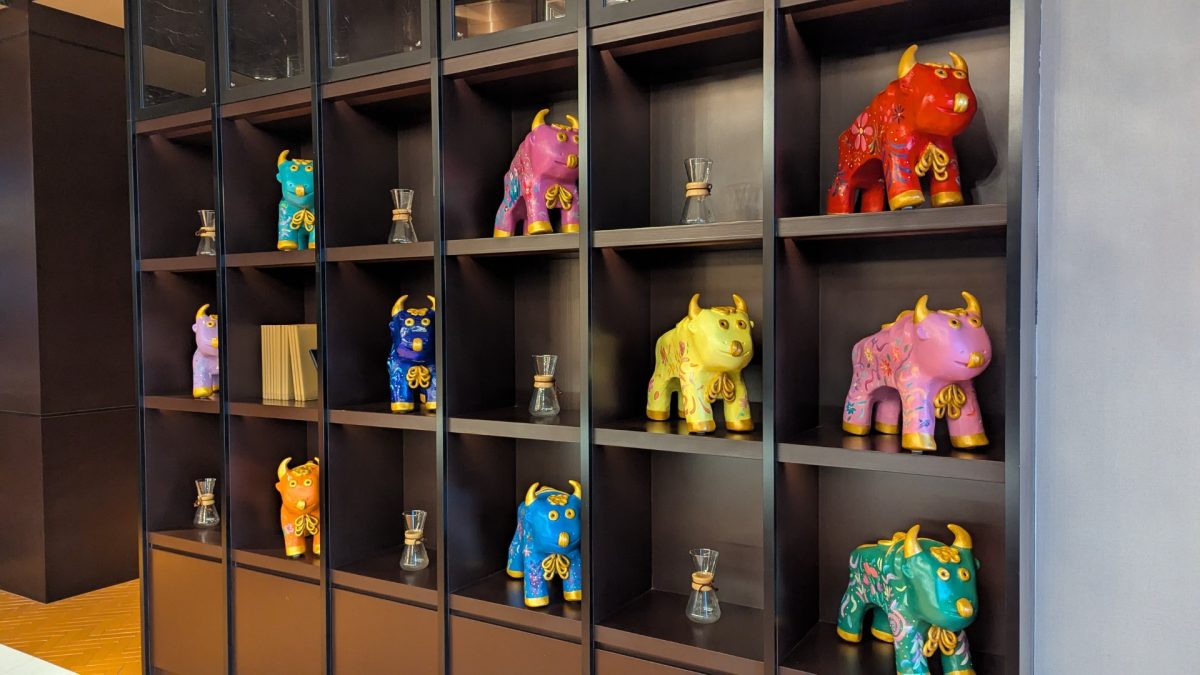
Take one very well-known global fine dining chain that bills itself as Japanese-Peruvian… and yet when you visit (at least in the KL outlet), you’ll see only Japanese aesthetics, plenty of minimalism, sake bottles everywhere, and about 90% Japanese influence when it comes to the menu. Peruvian cuisine makes only the most cursory of appearances, perhaps a sauce accompanying a bit of Wagyu beef or something. This is what we often see in the versions of Nikkei dining popping up in Greater KL: heavy on the Japanese, decidedly less so on the Peruvian.
At Torito, however, that convention has been turned on its head. Here, you’ll find nearly all Peruvian ingredients and dishes, with some Japanese-style preparation bringing the element of fusion to the table. It doesn’t hurt, of course, that the kitchen is helmed by a Peruvian chef. Hailing from the capital city of Lima, Chef de Cuisine Ivan Casusol Rossi brings not only Peruvian flair to Torito, but a genuine passion, too. In our conversations with him, it’s clear this chef is on a mission to bring the authentic flavours of his home country to Malaysia. And to us, that’s a good thing, because that’s really what Nikkei cuisine is all about.
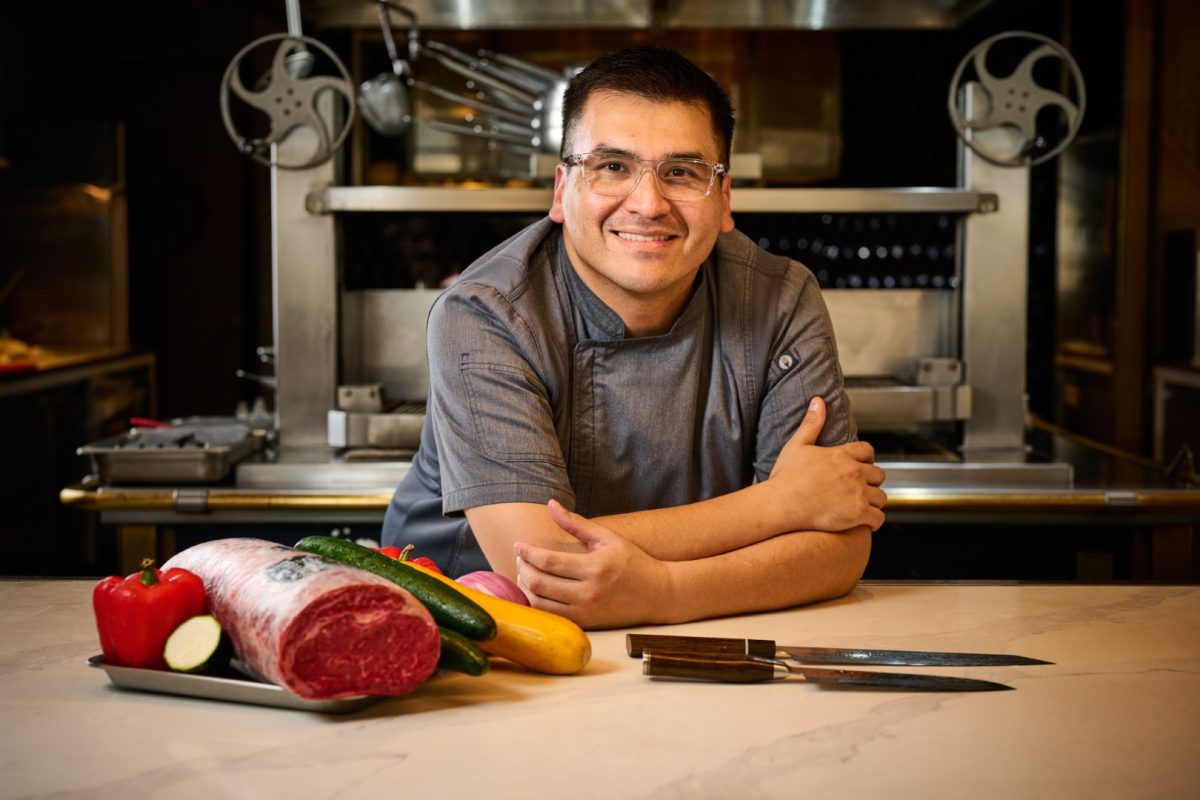
As a brief introduction, Nikkei is a culinary fusion that marries the precision and techniques of Japanese cooking with the bold, vibrant flavours of Peruvian ingredients. This particular gastronomic style emerged from the Japanese diaspora in Peru, dating back to the late 19th and early 20th centuries, when Japanese immigrants crossed the Pacific Ocean and arrived in Peru in search of better opportunities. Facing limited access to traditional Japanese ingredients, the cooks among these immigrants adapted to their new environment by incorporating local Peruvian produce – such as limes, aji peppers, and fresh seafood – into their cooking.
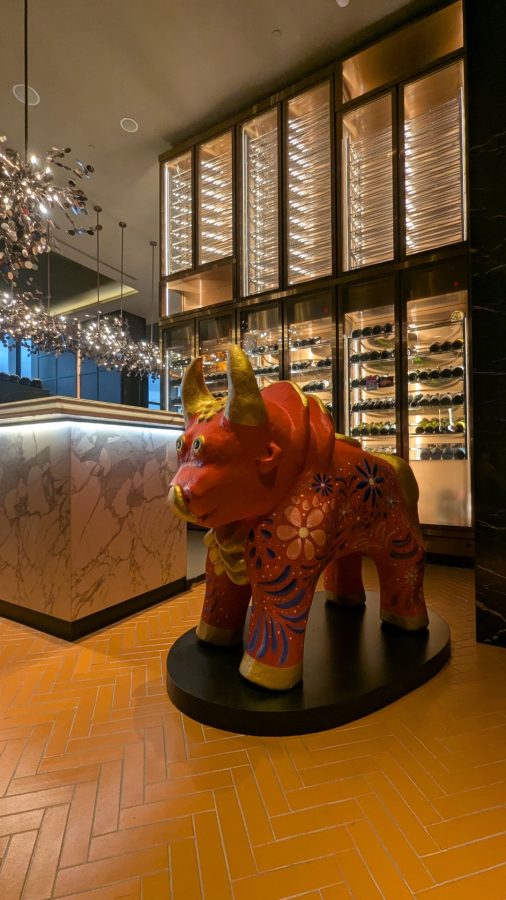
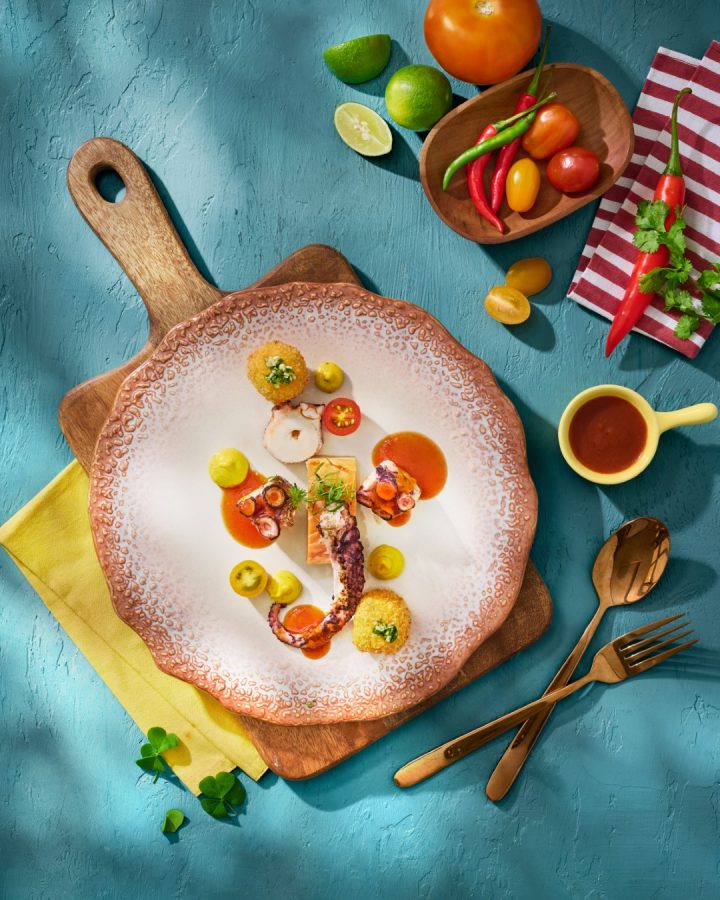
This blending of traditions created an entirely new cuisine that respects the delicate balance and simplicity of Japanese culinary principles while embracing Peru’s robust and diverse ingredients. Dishes like ceviche with soy sauce and sashimi with Andean-inspired sauces are now staples of Nikkei cuisine. Over time, Nikkei evolved from being a creative necessity to becoming a celebrated culinary art form, appreciated worldwide for its innovative and harmonious fusion. Today, Nikkei restaurants thrive globally – and are gaining popularity here in Kuala Lumpur, too – showcasing how the migration of people and ideas can create something truly different and extraordinary.
As we took our seats and began our own journey, we couldn’t ignore the setting despite our eagerness for the food. Perched on the 53rd floor of Banyan Tree Kuala Lumpur, Torito affords incredible views of the surrounding KL cityscape. For guests arriving at that magical ‘blue hour’ time as day turns to night, it’s hard not to be impressed. We were repeatedly distracted by the views as we looked through the food and beverage menus.
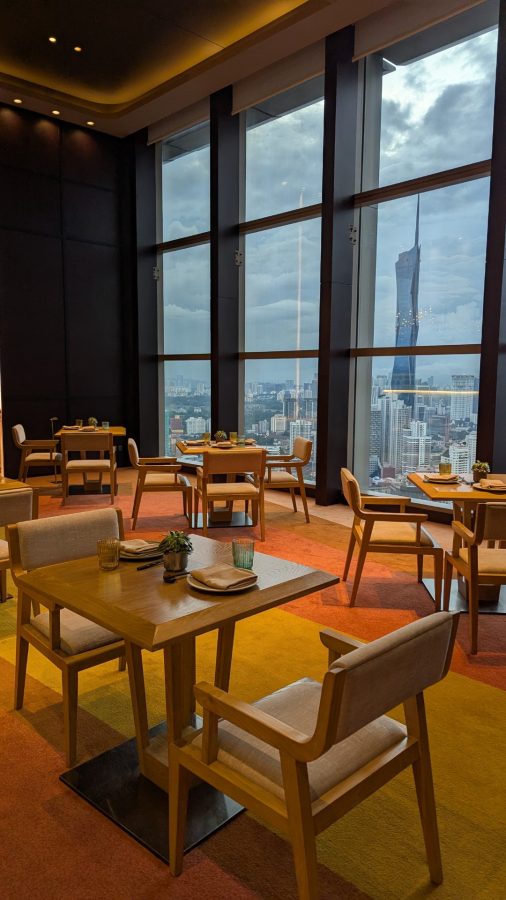
On the whole, we’d say Torito has an impressive beverage list (both alcoholic and non-alcoholic), though with some prices that perhaps match the restaurant’s lofty heights. While Peruvians and Chileans argue over the origins of Pisco, the iconic Peruvian brandy, there is little doubt it is the national drink alongside chica, or corn beer, that is popular in rural Peru. Pisco was originally made by distilling fermented grapes in Peru’s coastal valleys, with its name derived from the town of Pisco, located south of the capital, Lima. In Peru, pisco is made from specific grape varieties, including Quebranta, Negra Criolla, and Torontel, among others. The two main styles are Pisco Puro, made from a single grape variety, and Pisco Acholado, a blend of different grapes. Pisco must be distilled in copper pot stills and bottled at the same proof it was distilled, typically between 38-48% alcohol by volume.
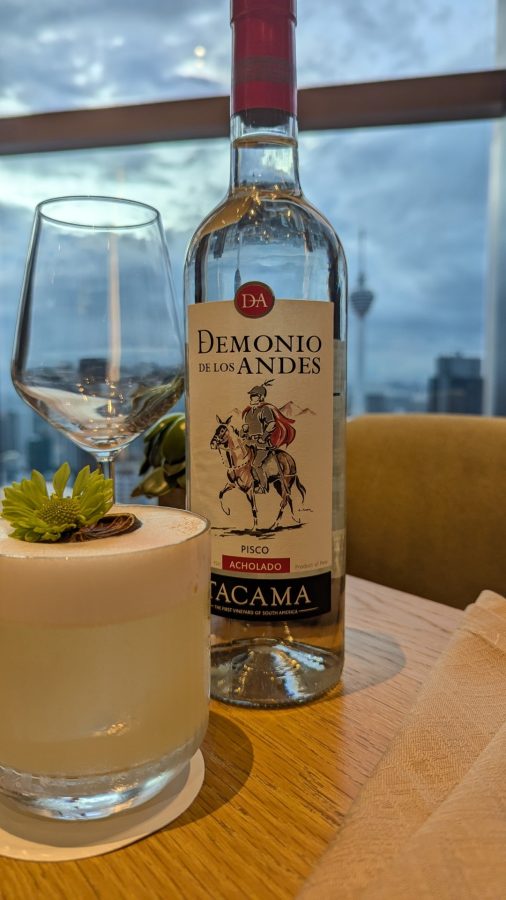
Some of the leading producers of pisco include Bodega Tacama, Tabali, and Santiago Queirolo. These brands have helped elevate pisco’s global reputation, crafting high-quality products that reflect the diverse flavours of Peru’s terroir. The spirit is enjoyed in cocktails like the classic pisco sour, where its smooth, fruity notes combine with citrus and bitters for a refreshing, unique taste. Sisters Melanie and Lizzie Asher have taken their catchy Macchu Pisco label to another level, elevating it to be one of the leading premium and much sought-after spirits in the world.
Torito celebrates this iconic Peruvian beverage by offering various pisco-based cocktails, including the classic pisco sour, alongside other tantalizing flavours like lemongrass, passionfruit, and cinnamon and apple. Other pre-dinner beverages include Nikkei-inspired cocktails that incorporate spirits such as shochu, sake and Japanese gin. We took in the great urban views as we enjoyed our own cocktails – naturally we chose some of Torito’s creative takes on the beloved pisco sour. With the creative variations available, all made with Tacama Demonio de los Andes pisco from Peru, it’s a terrific way to enjoy what is surely Peru’s most famous cocktail. We opted for the lemongrass and passionfruit versions, both of which were excellent. All pisco and Nikkei cocktails are priced at RM54 (inclusive of tax), and a small opportunity may have been missed by not making the price RM53 to correspond to the level at which the restaurant is located!
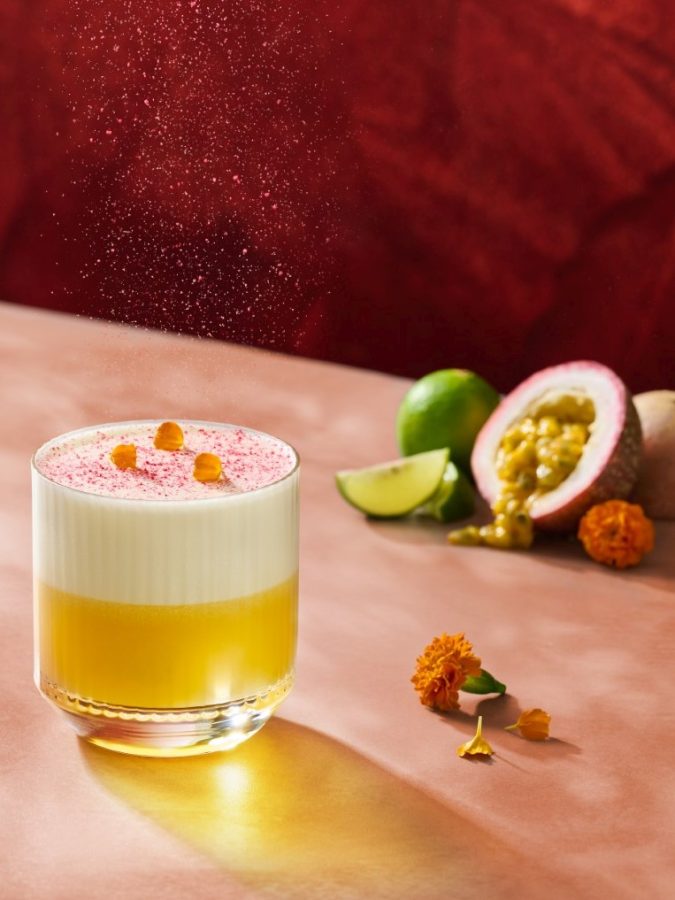
The wine list at Torito is impressive, with wines served by the glass and bottle. There are 12 wines by the glass, including a Champagne, a Prosecco, four whites, four reds, a rosé, and a Sauternes dessert wine. These range in price per glass from RM46 (Lupo Meraviglia Uno di Uno Vermentino) to RM155 for Tattinger Brut Réserve Champagne.
That said, while Peru’s wine industry has a rich history dating back 500 years to the Spanish era, its small table wine production rarely makes any noise, with most grapes heading for pisco distillation. Accordingly, no Peruvian wines are exported to Malaysia, but Torito patrons can still choose from a the aforementioned wine list, which is dominated by French and Italian labels. South American wine nations such as Chile and Argentina are not really represented (there is a solitary Chilean Carménère), which is surprising given their availability (along with the less well-known wine of Uruguay) here in the Malaysian market.
The meal we enjoyed started with three dishes from the Compartir and Crudos pages of the menu, namely the Pan de Yuca (a traditional Peruvian cassava bread, RM32), the Ceviche Classico (RM45), and the Acevichado Roll (RM65) with prawn, tuna, avocado, and acevichado sauce, topped with onion tempura. All three of these choices were outstanding and highly recommended. The ceviche was, true to its Peruvian nature, exceptionally tart, as the fish is marinated in what’s called ‘tiger’s milk’ in Peru, or leche de tigre. This marinade traditionally comprises fresh lime juice, fish stock, chillies, garlic, onion, and salt. The ceviche is served with tortilla chips, and also accompanied by fried squid rings and sweet potato. We were getting surprisingly full after savouring just these three dishes, but we soldiered on.. barely.

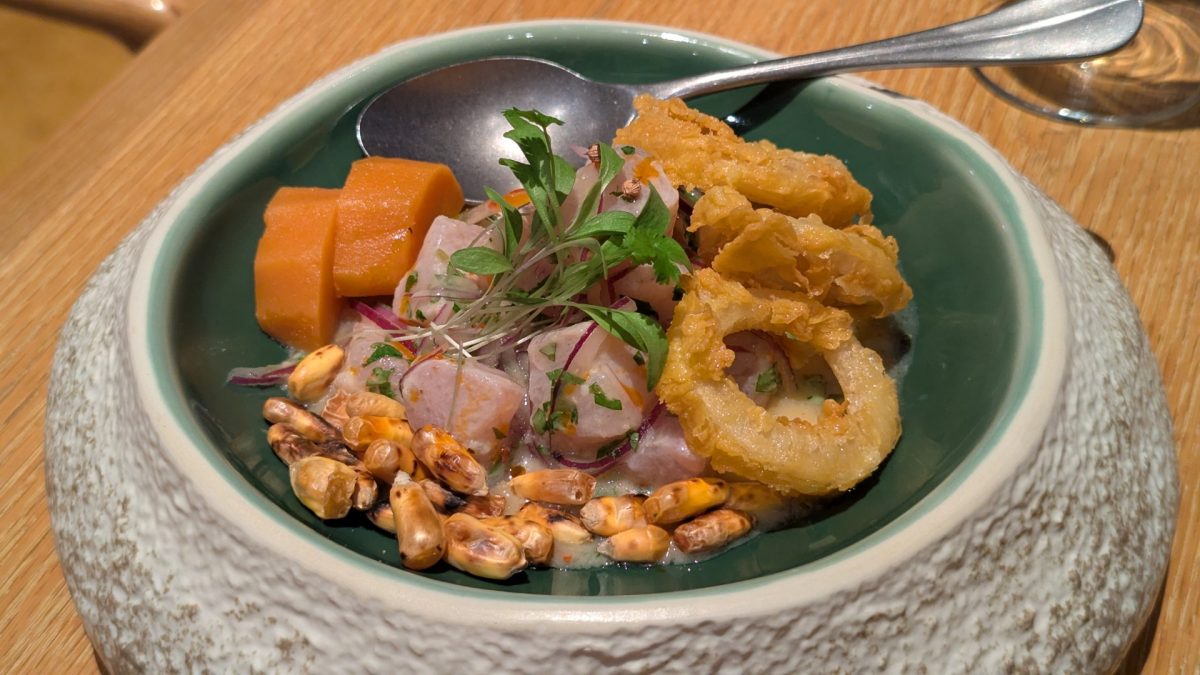
We could only manage one main dish from the Cazuelas menu, which worked nicely as the dishes here are meant for sharing anyway. We chose the Arroz con Pato (RM145) a gorgeous duck leg confit and cured duck breast served on a sizeable bed of coriander rice with pickled red onions. Once again, another fantastic dish from Torito.
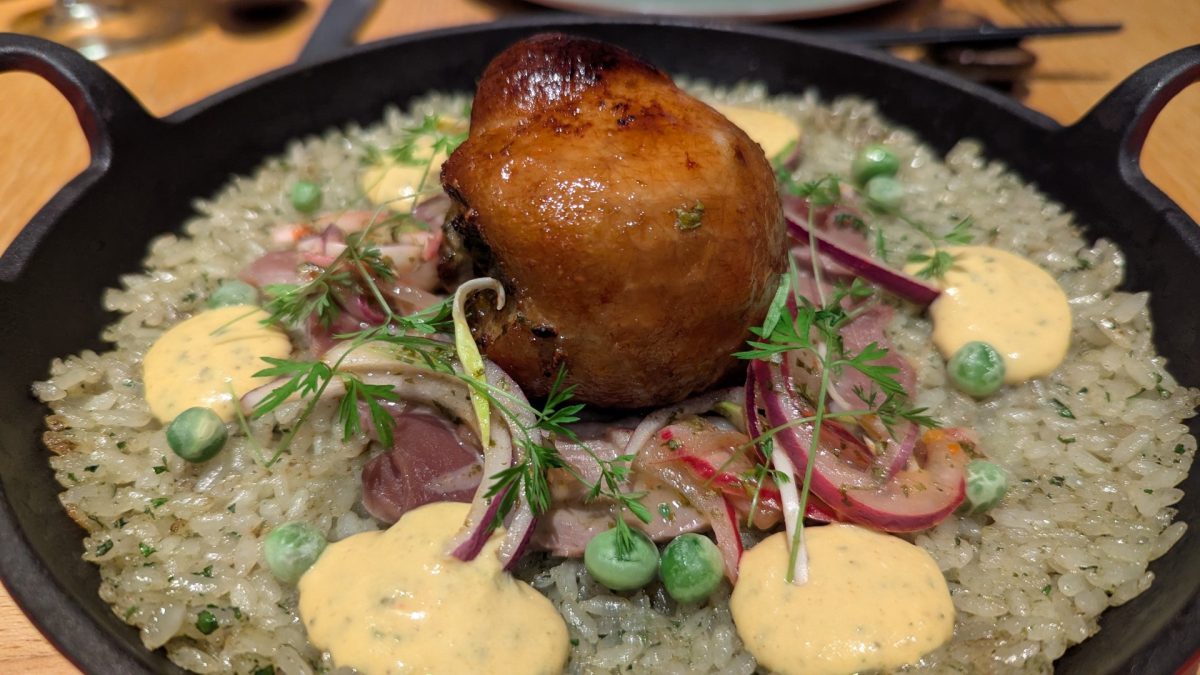
Desserts here are certainly something unique, and if you’re an ice cream aficionado, you must save room for the amazing house-made ice creams (RM18 each). Hokkaido milk, strawberry yuzu, lychee and passionfruit are among the eclectic flavours, but our favourite might have been the ‘cheese ice cream’ (kind of off-menu, but ask if it’s available) – made with soft, creamy brie, the finished product is slightly reminiscent of salted caramel, but only vaguely. It’s a unique and enjoyable treat, for sure. We also tried the Peras al Sake (RM35), a whole pear slow-cooked for 24 hours, along with sake jelly and pecan praline. This dish normally comes with a bit of the cheese ice cream, but we asked to substitute the Hokkaido milk flavour and get the cheese ice cream separately on the side – we couldn’t contain our curiosity!
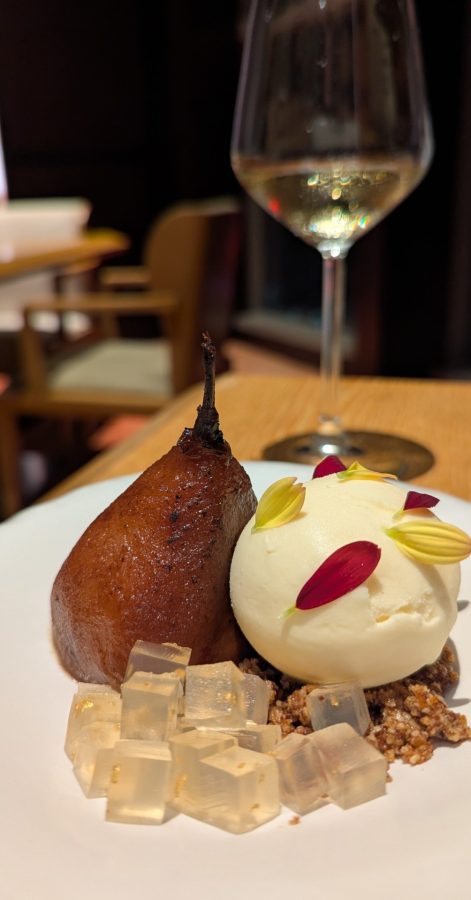
We thoroughly enjoyed our experience at Torito and loved the exuberance and knowledge from Chef Ivan, as well. We’d certainly recommend putting this restaurant on your list of new places to enjoy, and we look forward to a return visit ourselves.

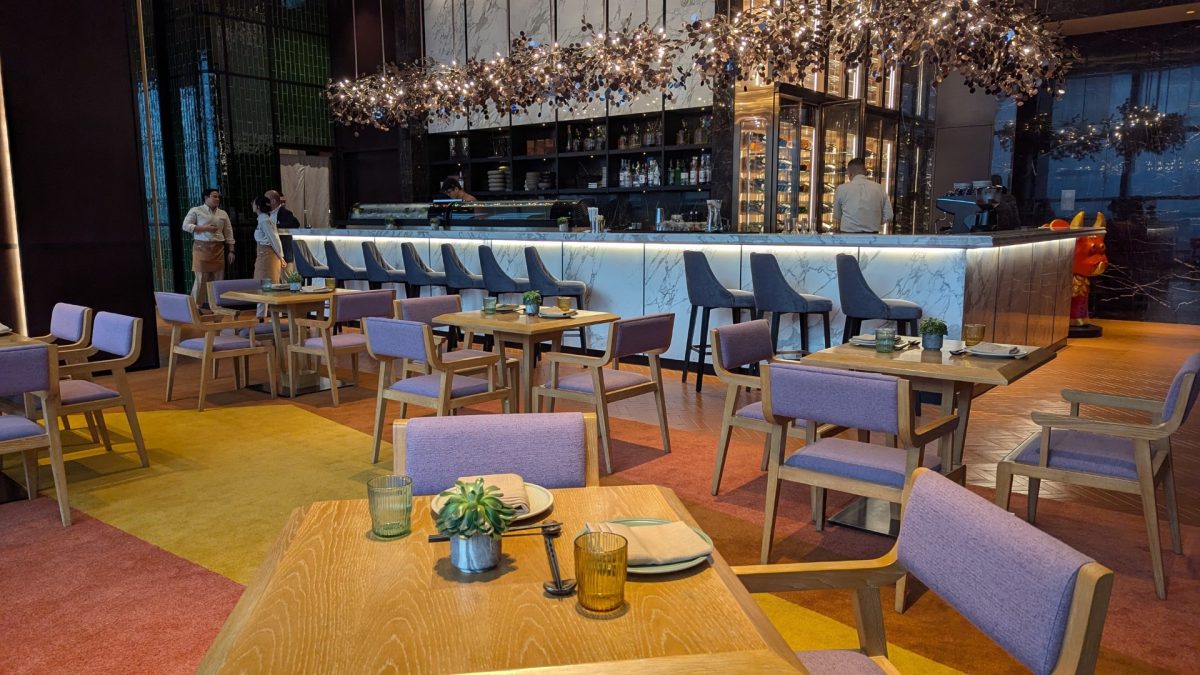
Torito Peruvian Japanese Kitchen
Level 53 Banyan Tree Kuala Lumpur
2 Jalan Conlay
50450 Kuala Lumpur
Reservations accepted
W: www.banyantree.com/malaysia/kuala-lumpur/dining/torito
T: +603.2113 1823 or +6016.313 2968